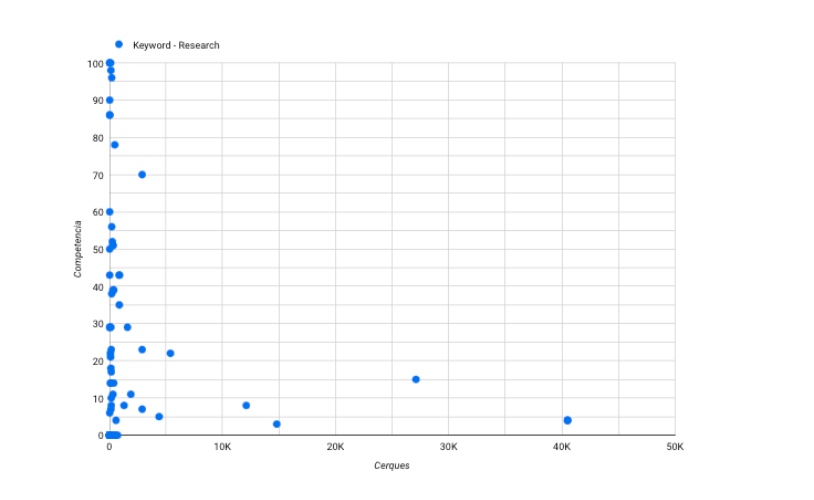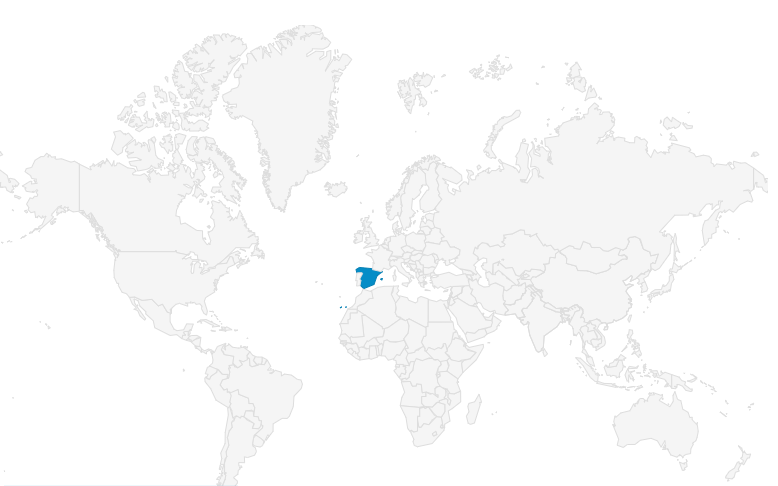If there is one thing we have learned in recent times about seo web, it is the importance of Google robots being able to read a web page correctly. The indexing and crawling of the website is vital to obtain greater visibility in Google’s search engine results (SERPs).
There are different actions that we must take into account that we can develop and apply in our page. One of them is to include structured data, code fragments that will help robots to better interpret the content of a website.
What is structured data?
Structured data are code fragments, in this case schema.org, which are intended to help the robots of Google, Bing… To better interpret the content of the page in order to achieve greater visibility in the SERPs.
How do I add structured data to my web page?
We add structured data using the Schema.org markup language, “a collaborative community activity with the mission to create, maintain and promote schemas for structured data on the Internet, on web pages, in e-mail messages and more”, via Schema.org. A language, then, that helps search engines to better interpret page content. In the following document you can find the types of structured data that can be included in your page (there is something for everyone!).
Google results allow structured data in different formats, although the recommended option for themselves and used by most people is JSON-LD (JavaScript notation). Likewise, you can also use alternative formats such as Microdata or RDFa. Even so, it is important to bear in mind that the same search engines are not used all over the world, so we will have to consult in each one, which is the most optimal format.
How does structured data work?
If you want to create and publish structured data on your website, it is important that you have previously analyzed which are the most relevant for you. It is not the same to have a website about cooking recipes, books or industrial products. Depending on our objectives, we will be more interested in highlighting some contents or others. It will be important that we insert the code snippets that interest us (and that the pages are indexed and enabled for robots :P).
In the following Google guide, we can find the type of guidelines according to the content of our page (article, book, carousel, courses, reviews…). As you can see, depending on the product or service we offer, we will not be interested in including structured data on the web or only some specific ones.
There is also a very important aspect to keep in mind when setting up structured data: just because we include it on our website, it does not mean that it will appear as rich results in the SERPs. There are several “quality guidelines” that we will have to follow. Whether they are related to content (originality, updated information, ethical…), location (include it in the various duplicates…) or images, among others. There are many other parameters that we must consider to ensure that the structured data we insert on the page become rich results in the SERPs.
Structured data… to get rich results in the SERPS
As we said, we want to include structured data so that Google’s robots can better understand our page. But for what purpose? Well, the same as always! To achieve greater visibility in search results. With structured data, Google can enable special page functions in the SERPs, the rich results.
What are rich results?
Rich results are snippets that appear in search engine results by inserting structured data. If the robots have been able to read them correctly, the result will be a higher visibility of the page in the search results. With structured data, we inform the robots what a certain piece of information means more specifically, so that they can highlight it in the SERPs. This would be the case of user opinions, addresses, opening hours, articles, frequently asked questions…

What are rich results?
It is important to point out the difference between rich results and featured snippets, although both are generated by the Google robot. While the former appear thanks to the configuration of structured data, featured snippets are also special results and more prominent in the SERPs, but in this case Google generates them automatically through the information collected on the web.
How do featured snippets work?
Featured snippets are summaries or quick answers that Google provides in its results for a relevant page. Note that these types of results are more likely to appear when users search for terms in question format (How to, what is…).
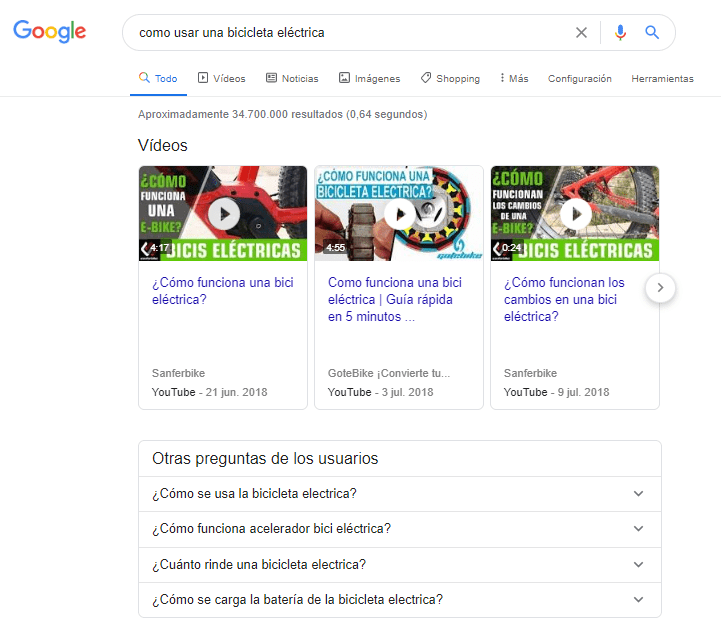
How do I know if I have set up the structured data correctly?
If there is one good thing about the digital world, it is that we can analyze practically all our actions (and we should always do so!).
On the one hand, in tests for rich results we can check if our website is able to generate rich results with structured data.
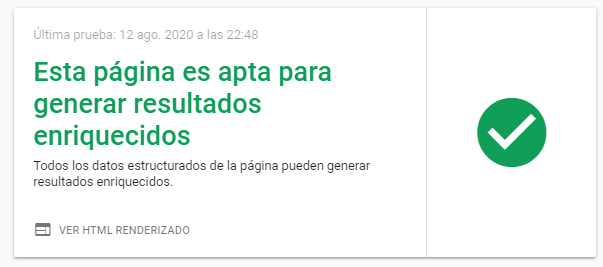
In addition, in this test tool we can check if the structured data have been configured correctly or if there are errors.
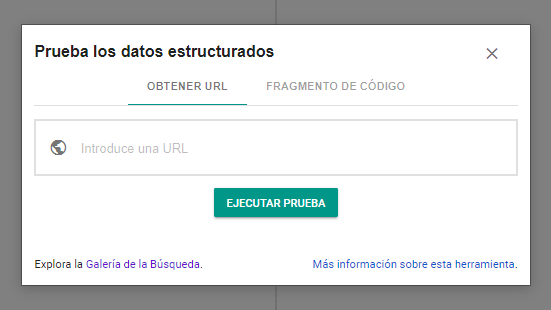
Finally, Google Search Console includes a separate section to report on each result (it includes a wide variety). Where you can find out which ones it has been able to read and which ones it hasn’t, as well as if there are errors in some of them.
For more details, see Google’s rich results status reporting page.
Will I get more clicks on my page with structured data?
Structured data as an SEO directive
As Google has stated (August 2020), “structured data by itself is not a generic ranking factor”. Even so, we must keep in mind that the more we help Google’s robots to read and interpret the content of a page, the more likely it is that, if done correctly, our page will have a higher visibility in search results. So including structured data according to your website strategy can be useful to improve visibility and web traffic.

Get results or featured snippets to increase the CTR
Who does not want to appear in the first position of Google? We all want our page to be the first to appear in those searches for the most relevant keywords to generate traffic!
But … what happens when we manage to appear in the rich snippets or featured? Does it serve to increase the CTR of the page and get more clicks?
Well, as in any SEO strategy, it will vary depending on the product, the sector and the digital objectives.
Y es que según publicaba Sistrix recientemente (julio 2020), mientras que la “tasa media de clics (CTR) en la primera posición de Google es del 28,5%”, las páginas con fragmentos destacados en primera posición tiene una tasa de clics que está 5,3% por debajo del promedio de esta posición. Y, consecuentemente, los sitios webs siguientes que están en segunda o tercera posición, se benefician, estando con un promedio ligeramente por encima de la media.
According to Sistrix recently (July 2020), while the “average click-through rate (CTR) in Google’s first position is 28.5%“, pages with featured snippets in first position have a click-through rate that is 5.3% below the average for this position. And, consequently, the following websites that are in second or third position, benefit, being with an average slightly above average.
Although, on the other hand, for example, they also indicate that the pages in first position with site links, get a CTR of 47%, a much higher number than the average (although in this case, it also affects that many of these searches with site link results, are usually by brand).
So, will I really want to put rich snippets if I have pages with such an opportunity? Generally speaking, I would recommend you to put structured data. Especially if your URL is at the very end of the first page, because with it you can achieve a significant jump and surely increase the clicks, if you work better than your competitors.
I would also recommend it in e-commerce or recipe websites or where users leave reviews or ratings. Showing this in the results, in general, can be beneficial.
But, either way, it will be something that you will have to evaluate depending on your objectives. It may be that with some keyword, being in second or third position you will get a much higher quality traffic.
Do you want to know the traffic of your website? Do not miss our blog: What is Google Tag Manager and how it works.
Do you want more information?
If you want more information about how structured data or rich snippets work, please contact me.
